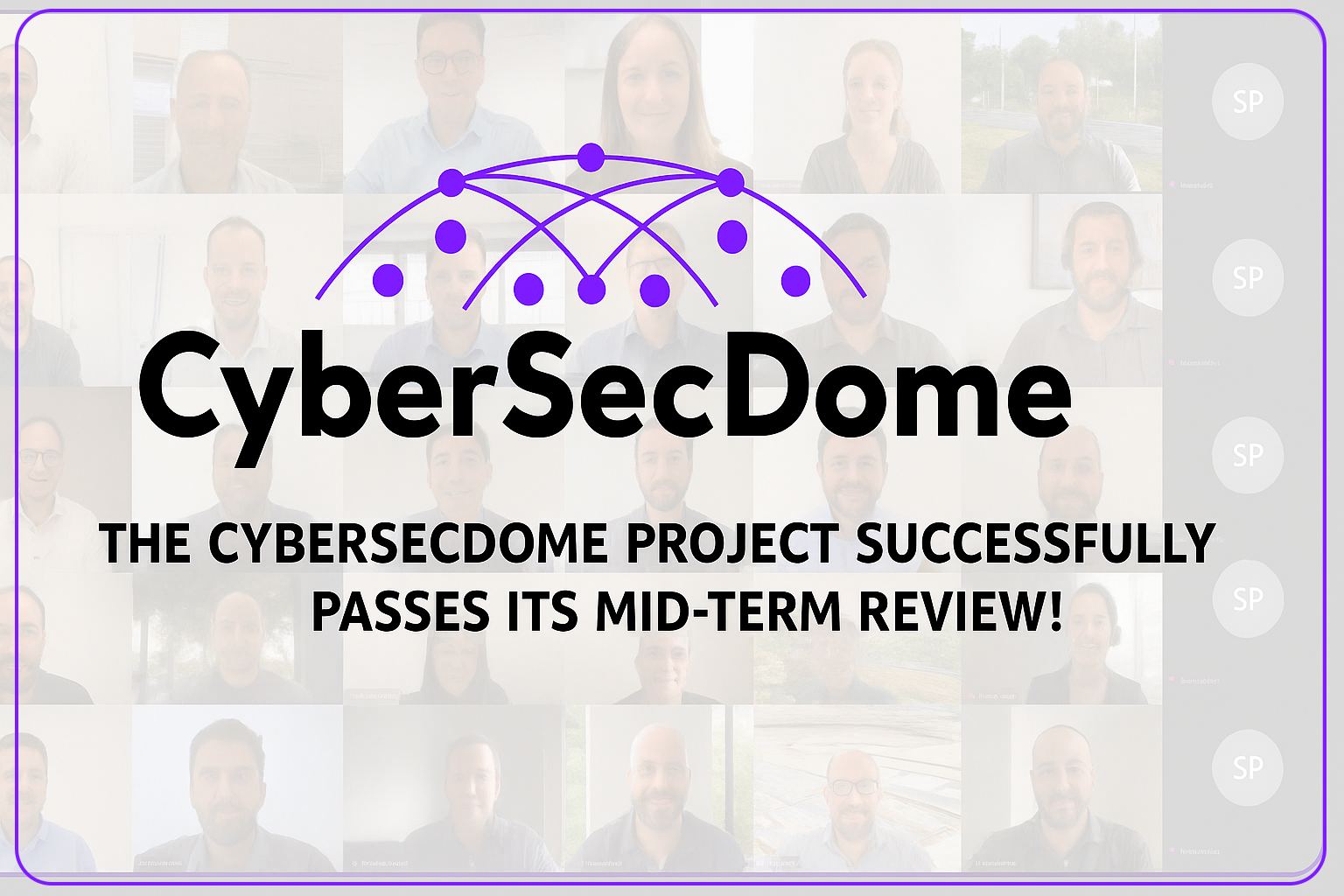Traçabilité des contacts et respect de la vie privée
Les applications de traçabilité et la covid 19
From October 2020 to March 2021, Thibault de Swarte and I, Marc-Oliver Pahl, had the pleasure to work together with our engineering students Edouard FORTUNET, Ludovic FRANCIS, Paul GERMAINE and Quentin JEZEQUEL on an exciting topic: how to use applications to manage crisis better! Enjoy this report and have a look at the final presentation of the results.
Summary
The Digital transformation brings opportunities to manage new types of global crises more effectively. With the 2020-21 COVID-19 outbreak, states used for the first time cell phone applications to mitigate negative effects via more data and a direct feedback channel to the citizens.
Since winter 2019, the global SARS-COVID19 pandemic has been disrupting our societies and economies. Different governments have decided to use digital social contact tracking applications to control and ideally slow down the spread of the virus.
The central question of this project was, how traceability applications can help to collaboratively manage future crises better. During the course of the project, this question was addressed in the form of different sub-questions.
The first subquestion was about the technologies deployed. We examined which applications existed in which countries, what their objectives were, their characteristics, their positive and negative points. We also examined their adaptation to society and the methods applied to maximize their use.
The next question was to investigate the most relevant human factors that enable, hinder or prevent the wider use of mobile applications for crisis management.
Finally, based on the previous answers, the question arose of what would be the ideal approach for a crisis management app in the future.
Methodology
The work was carried out from October 2020 to March 2021. The team consisted of four students, advised by two professors. The students organized themselves. Weekly meetings were held on Friday evenings for one to two hours. Various experts were solicited and interviewed during the course of the project.
We structured our work into several tasks. First, we started with research & discussions on tracing applications. Then we had to organize our ideas, we created mind maps and defined fundamental “bricks” present in the applications. We then created comparison matrices opposing the different bricks with the solutions implemented. We consolidated our study with the opinion of experts on the different bricks we had defined. Finally, we used all the results to try to define an ideal application.
Results
The first result is a survey of existing mobile applications in representative countries (France, Germany, Poland, China, Canada). The survey uses metrics such as application usage rate, cost, actors involved in its development, features and objectives of each of these applications.
Based on our survey, the resulting report presents the different technical bricks that from the applications. In addition, the article identifies non-technical challenges. They consist of legal, sociological and political “bricks”. A socio-legal approach concludes the research.
Synthesizing the previous results, the report combines them, in order to propose an ideal application.
Perspectives
Contact tracing applications appeared as a novelty during the COVID-19 pandemic. Our study happened during the pandemic. The situation was unprecedented. This timely embedding allowed us to push our reflection by comparing what has been done around the world in order to identify the best ways to limit the spread of a virus. In the future, our models might be reused to allow the adoption of such technology by a majority of the population so that the solution is both effective and respectful of fundamental freedoms.
Our model could not only be applied to future health crisis but allow to more generally to trace contacts in a privacy-preserving manner.








